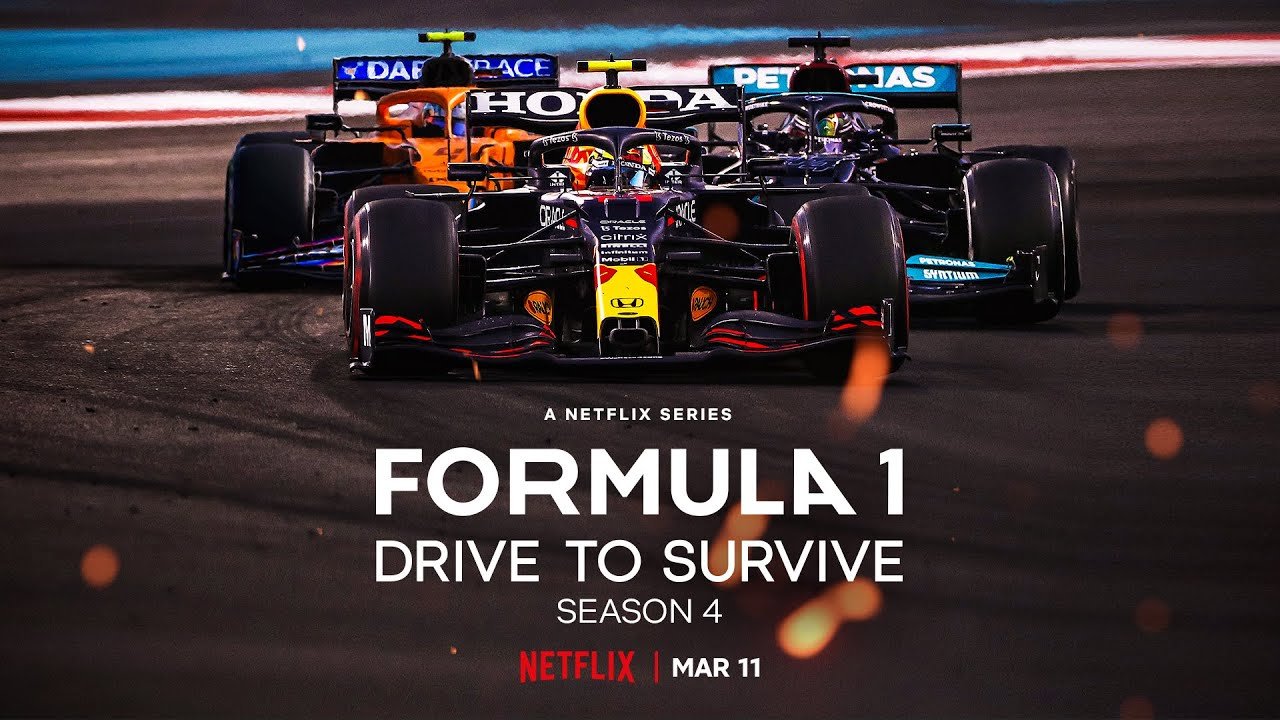'Drive to Survive': A Formula 1 Boom
Not all that long ago Formula 1 was a sport that was relatively unknown outside of Europe and diehard fans. As with any sport, those on the outside just didn’t get it. Then along came Drive to Survive, a Netflix docuseries documenting the rivalries, politics and melodrama of Formula 1. As a series, it doesn’t focus on the intricacies and mechanics of the sport. There’s no talk of downforce, DRS, and intermediate tyres. Instead, Drive to Survive compressed the sport into high-octane, reality-TV sized bites. It has managed to expose the sport’s rich history, and made the sport accessible to those who had no interaction or exposure with it before.
Back in 2012, a reporter asked Lewis Hamilton, now 7-time champion, what it would take for the American market to grow an interest in Formula 1. Hamilton stated that getting people in front of the car was all that was needed - once they saw the majesty of the car from its appearance to its sound, they’d turn out for a race. He wasn’t quite right. What it did take, was The Netflix Effect - when a new series catapults, usually a star but in this case a sport, into the limelight as we have seen Drive to Survive do to Formula 1.
The effect of Drive to Survive on the sport is astounding: this year alone, the total fanbase of Formula 1 is projected to exceed one billion. 77% of these new viewers who began tuning in over the past two years are in the favoured 16 to 35 age demographic. The flow on effect from this newfound audience base means that races now average 70 million viewers. The final race of the 2021 season, the Abu Dhabi Grand Prix, attracted more viewers than Super Bowl LVI (108.7 million viewers for the former vs 101 million for the latter). Melbourne’s 2022 race weekend attracted 419,114 fans over four days, breaking any previous record attendance figures. Social media content has also exploded: 49 million followers with 40% growth annually and 1.5 billion aggregate social media engagement. Without a doubt, Formula 1 has gone viral; or simply mainstream.
These figures are impressive in and of themselves, and even more so when you consider them in conjunction with Formula 1’s sponsorship. Rightly known as one of the wealthiest sports in the world, sponsorships for Formula 1 teams range from around $100,000 to $100 million, with the biggest sitting at an estimated $200 million. Ahead of the 2022 season, Red Bull Racing signed a $695 million five-year deal with software giant Oracle. With newer sponsorships such as this appearing, the deals between the sports and some of its longest-standing and iconic sponsors such as Heineken, Rolex and Pirelli must be eye-watering. The new-addition fans of Formula 1 (recall an average of 70 million viewers per race) means that these sponsorship opportunities have become even more lucrative. From naming rights and livery decals, to trackside sponsorship, more viewers equals more brand awareness.
Formula 1, however, is not the only sport that has experienced the Netflix Effect. Cheer, another Netflix docuseries that chronicled the world of college cheerleading in the US, became a sensation globally in early 2020. Both of these somewhat obscure sports are now known to the average individual because the passion, drama, and even simply, the rulebooks of each have been debunked.
The Netflix Effect is a phenomenon that has changed agnostics - those that think of motorsports as simply a bunch of cars going around in circles for two hours - into fans that will now stay up until 3am to watch said cars go around in circles. Endless opportunities can be borne from this newfound popularity.
However, it seems that for a sport that was not all that long ago a rather niche obsession, the newest members of the fanbase will add to the sport’s longevity and internationality mostly.
It seems as though the Netflix Effect will have a long lasting impact on Formula 1 as a sport. With new seasons of Drive to Survive being released at the conclusion of each season, it is likely that with newer fans already locked in, the flow-on effect will continue. Yet to be seen is the full impact on the sport outside of just viewership, and whether Formula 1 will make any further moves to modernise itself.

